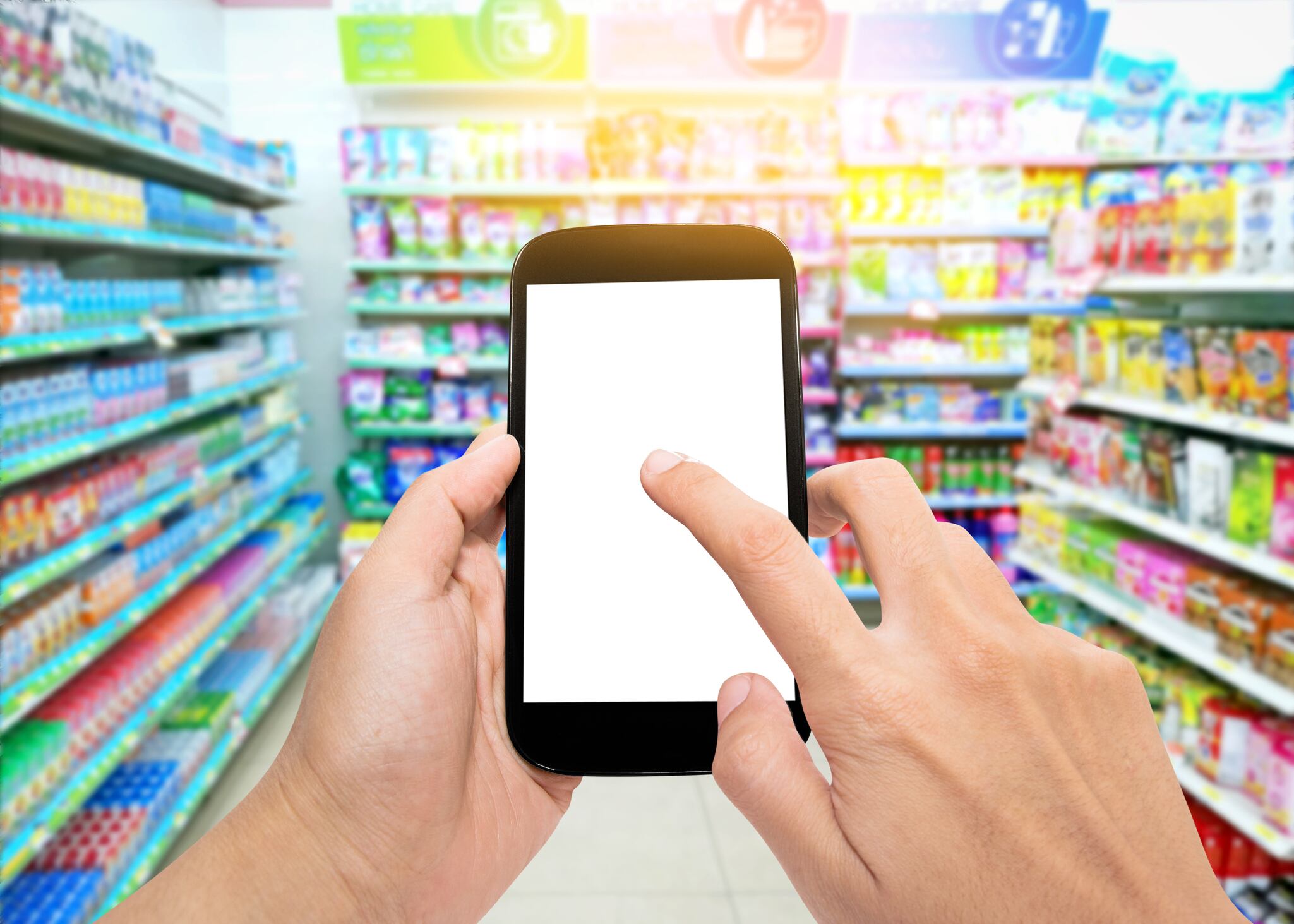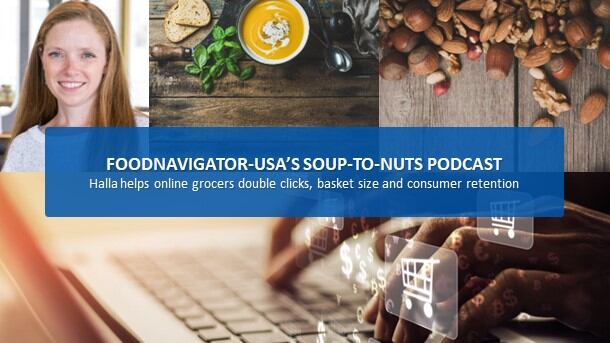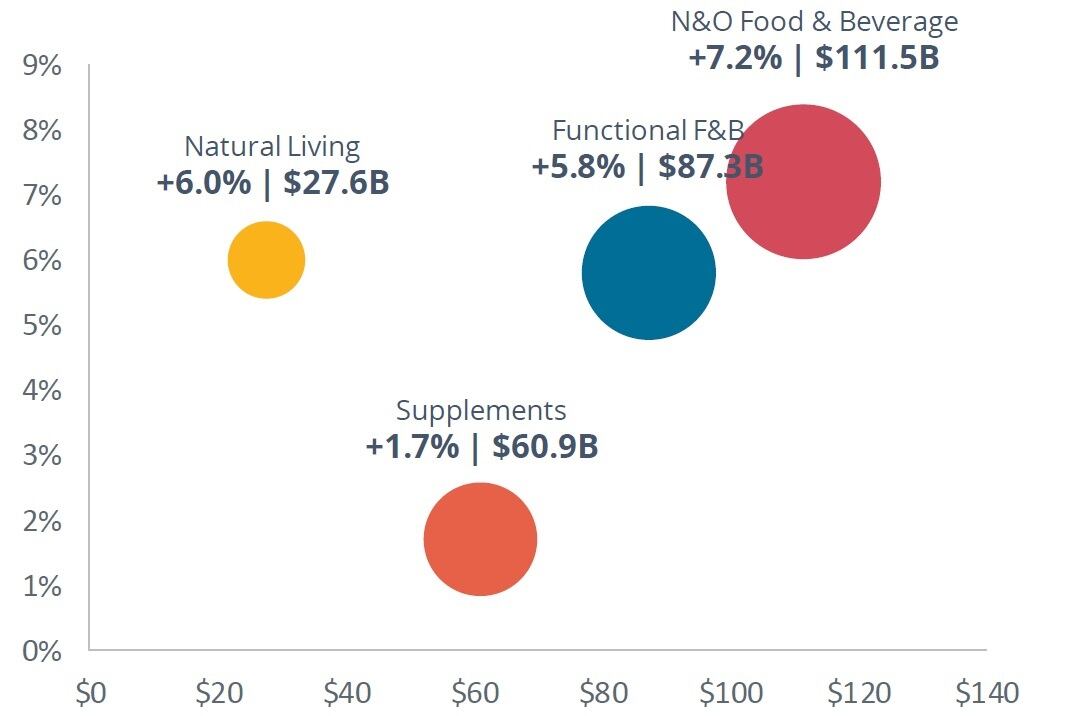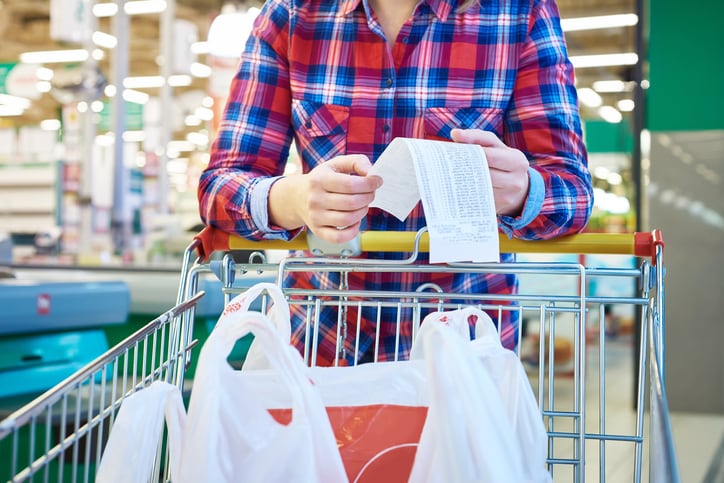Given the economic uncertainty shaping consumer shopping behaviors, which was explored in part one of this series, the self-checkout lane has evolved into a convenient staple in retailers across the country. Yet, conversion rates for candy and snacks are still significantly lower here than the cashier lane.
“Self-checkout has taken off more quickly than the cashier,” Risch explained. “Manufacturers and retailers [should] partner together on strategies and programs to strengthen impulse buying.”
Labor challenges and the self-check out line
The correlation between labor challenges in-store and higher self-checkout purchases are worth noting for retailers. Risch advised retailers to compare impulse purchases between cashier lanes and self-checkout as a reliable metric to determine whether an employee should be placed at the cashier, elsewhere or not at all.
“I would study the checkout—cashier lanes versus self-checkout—and look specifically at items that are impulse buy at checkout. And over time, does the revenue and profit in the checkout items compensate enough for the added labor?" Risch explained.
As retailers rethink self-checkout strategies and employee placement in-store, brands also have an opportunity to reimagine an impulse purchase section that caters to shoppers’ snacking and candy preferences at the checkout. Small to medium-sized retailers can use their own data, maintaining a nimble advantage of quickly readjusting impulse buy shelves and displays.
“Retailers have such an ability to leverage their own data live. They actually can watch and learn, test and learn very quickly and test a few different concepts,” Risch added.
Building impulse purchasing at the self-checkout
Nearly 75% of consumers use self-checkout, which is at the same level of the cashier lane. Risch added that self-checkout has become increasingly common as retailers continue to expand, roll out technology and lanes.
Candy sales are at risk with fewer impulse purchases at self-checkout lanes, especially for younger generations of shoppers, Risch explained. With fewer to no displays, these missed opportunities add up to lost sales, especially as 60% of shoppers expect single-serve candy to be stocked at the checkout.
“If shoppers are using self-checkout more and impulse buying, these will add up to a large impact. A quarter of all candy sales occur at the checkout,” Risch said, “but candy conversion at self-checkout is half of the standard checkout.”
Retailers like Walmart and Target piloted new concepts pre-pandemic where products placed in the self-checkout are rigorously studied, giving multinational retailers more incentive to study both internal data and shopper behavior on the floor. Meanwhile, drug store and c-store formats are “rolling out innovations and concepts to make food a true destination, not just the junk food stop,” Risch said.
Depending on the type of retailer, whether it’s warehouse club stores (family-oriented packaging), dollar stores (value driven), drug stores (sales and promotions from trusted brands) or convenience stores (trusted brands and convenience), determining the right assortment of candy and snacks in the check out aisle will be based on how consumers shop in those specific channels.
“Really partner with your retailers,” Risch advised to brands. “Help them develop effective merchandising strategies to help minimize those lost self-checkout sales.”
Building impulse purchasing online
Switching over to the digital shelf, e-commerce holds significant white space to capture impulse purchases at the check out, Risch explained. Given that 28% of shoppers buy snacks online and 37% of online snack buyers subscribe to a snack package service, “the checkout opportunity for candy and snacks online is huge,” she added.
“E-commerce is going to continue to grow. It got so much play during the pandemic because it propelled everything at least three years ahead. But now it’s come down to normal growth rates so it's going to continue to grow at a more modest growth rate,” Risch explained.
While snacks have a strong e-commerce following, online candy purchases are low with 12% of shoppers buying candy online and only 20% of candy buyers having a candy subscription.
The challenge relates to a “digital shelf issue,” Risch highlighted, where clear imagery and concise, informative product descriptions are the leading driver for purchases, as well as banner ad placement and promotional offers from the browsing process to the basket. The data derived from the digital shelf gives retailers a quantifiable advantage over understanding consumer behaviors and patterns in-store, and an agile strategy to refine impulse purchase promotions in real time.
For retailers, the goal is to have a seamless omnichannel strategy where online and in-store checkouts are integrated. This could look like promotional offers placed right before checkout or suggesting additional items related to the products in basket.
“Manufacturers would be thrilled to get that additional purchase because they wouldn’t have it otherwise since it wasn't [originally] on that person's list,” Risch said.
Bridging the gap between in-store and e-commerce will require a revolving door of value, promotions and quality for consumers to strengthen their loyalty with a retailer and the brands it carries. An omnichannel approach will not be a one-size-fits-all strategy. It could look like a digital promotional offer after purchasing in-store from the retailer, or it could be an invitation to a tasting after purchasing online; it's up to retailers and brands to come up with an omnichannel strategy that suits its consumers. Ultimately, consumer behaviors and preferences both in-store and online are in the data.




